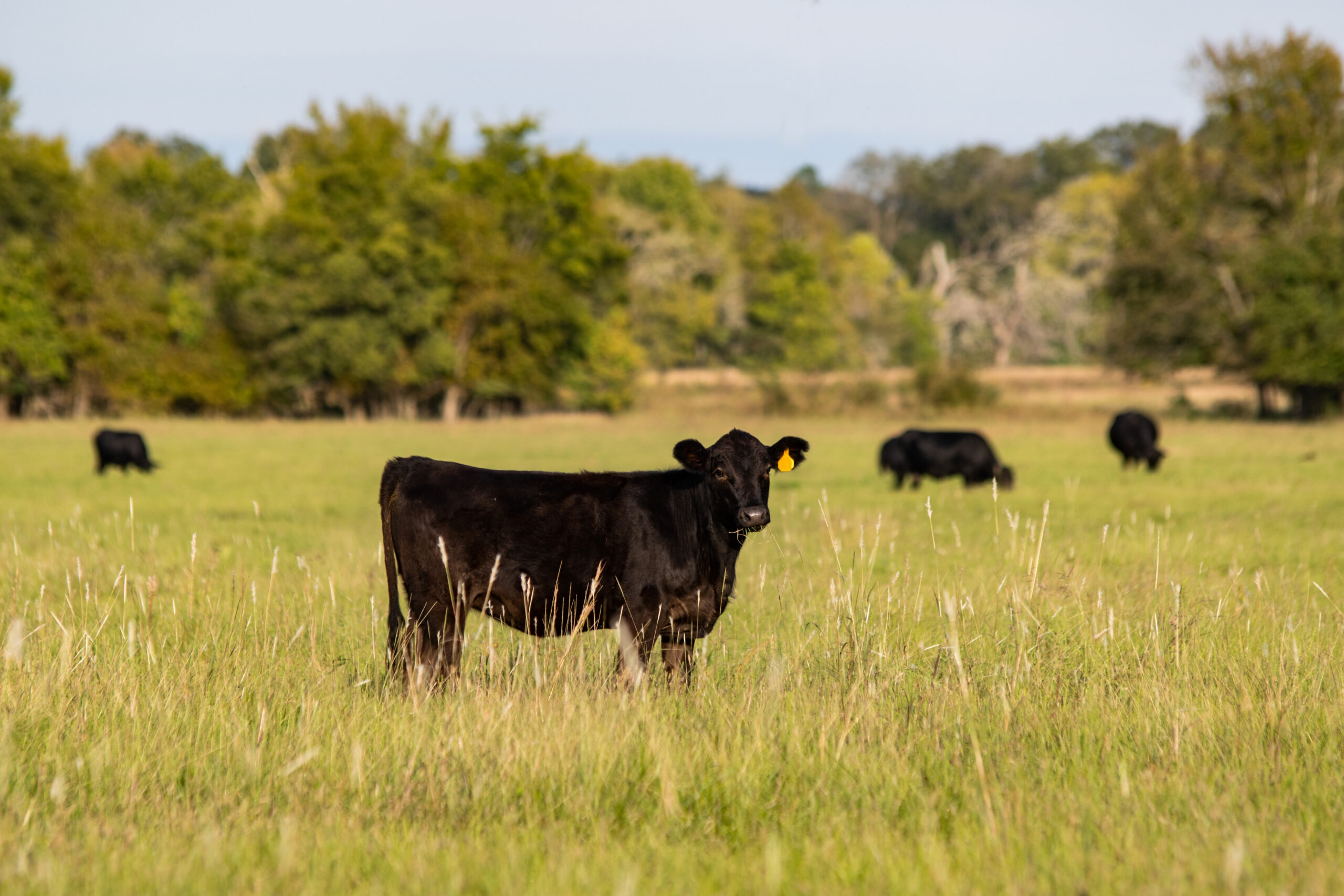Euthanasia Methods in the Absence of Veterinary Supervision
Indications for Euthanasia
Livestock owners and others who derive all or a portion of their livelihood from animal agriculture share a moral obligation to ensure the welfare of animals. Therefore, when disease or injury conditions arise that diminish quality of life or create pain and suffering that cannot be effectively relieved by medical means, euthanasia is indicated.
Examples include the following:
- Fractures of the legs, hip or spine that are not repairable and result in immobility or inability to stand
- Emergency medical conditions that result in excruciating pain that cannot be relieved by treatment (e.g. terminal colic in horses, or trauma associated with highway accidents
- Emaciation and/or debilitation from disease or injury that may result in an animal being too weak to be transported
- Paralysis from traumatic injuries or disease that result in immobility
- Advanced eye disease (e.g. lymphoma or cancer eye in cattle)
- Disease conditions for which cost of treatment is prohibitive
- Disease conditions where no effective treatment is known (Johne’s Disease in ruminants), prognosis is poor or time to expected recovery is unusually prolonged
- Rabies suspect animals – where there is significant threat to human health (These animals should not be killed by gunshot or other methods which result in head trauma that might cause excessive damage or loss of brain tissue and increase potential for human exposure to the rabies virus. Instead, rabies suspect animals should be attended to by a veterinarian who can properly euthanize the animal and obtain brain tissue for diagnostic purposes.)
Animal Handling and Welfare Considerations
Efforts should be made to minimize animal distress:
- For domesticated animals, the presence of a familiar handler may reduce anxiety.
- For wild or unhandled animals, euthanasia should be performed with minimal human interaction.
- Ambulatory animals may be moved to a location that facilitates carcass removal, provided this does not cause additional distress.
- Dragging non-ambulatory animals is unacceptable. If movement would increase suffering, euthanasia should be performed in place.

